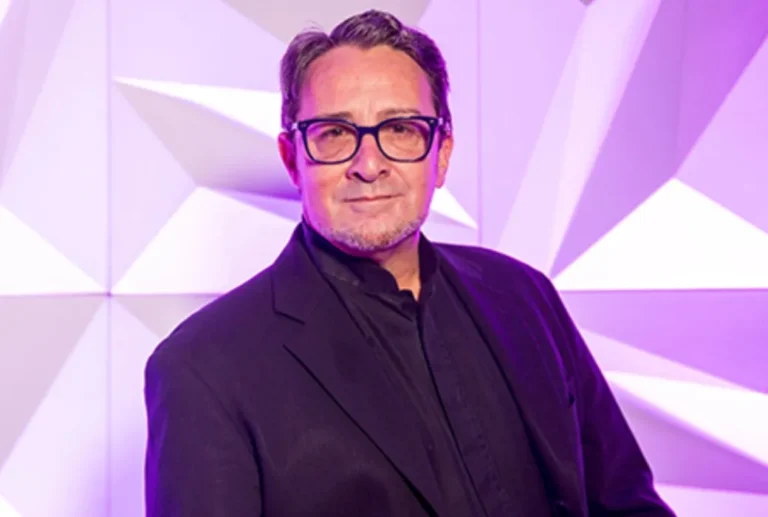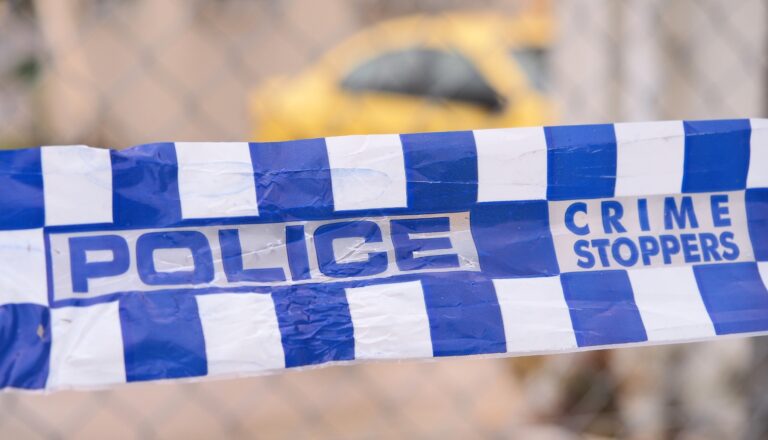
Still censored after all these years
BY WENDY BACON
This week in Sydney a small slice of our city’s history has gone up on the walls of independent cultural hub 107 Projects in Redfern. The exhibition Tharunka to Thor – Journalism, Politics and Art 1970 -1973 and a number of events will continue until April 23.
The exhibition features original copies of University of New South Wales student publication Tharunka from 1970 and 1971 and underground publications Thorunka and Thor published between 1970 and 1973.
I was one of the original members of the Tharunka editorial team and my partner Chris Nash and myself are curating the exhibition. Chris was a University of Sydney student at the time of the events featured in the exhibition and is now the Professor of Journalism at Monash University.
From 1970 to 1973, NSW police issued more than forty summonses and made several arrests over the contents of these newspapers. The charges alleged obscenity and indecency. Between us, John Cox and myself served three weeks in prison during two trials. My own experiences in Mulawa prison changed my life and my approaches to journalism.
The publications drew participation and support from students, radical activists, writers, lawyers and others as we waged a relentless campaign against the authorities’ attempt to stamp out our publications. Our deliberate stance was to challenge the power of censors and resisted self-censorship. While the exhibition demonstrates the strong impact on us of international radical movements at the time, the influence of the Sydney Libertarian Push gave the publications a distinctive anarchistic flavour that could only have happened in Sydney.
At the time, when these events took place community radio let alone the internet did not exist. Australia was subject to all sorts of censorship. As young adults, we would sit in movie theatres feeling irritated by ‘jump cuts’ obliterating sequences that censors decided Australian audiences should not be allowed to watch.
Campaigners against film censorship began picketing theatres and holding festivals of banned works. The NSW VIce Squad while covertly accepting bribes from prostitutes and sex shops would raid bookshops and seize copies of works prohibited from import by Federal customs. By the late 1960s, the Federal Liberal government was supposed to be loosening the reins but many were frustrated and contemptuous of the censorship regime. In 1971, hundreds of people signed a statement saying they actively participated in a the publication of a Sex Manual published by Tharunka including articles about birth control, masturbation and abortion that angered conservative politicians and the Catholic Church. The exhibition includes documents from the conflict over the manual. By 1973 the censorship regime in Australia was broken. Nearly all the charges were dropped.
The exhibition includes a series of open forums and talks, which will bring together members of the editorial team including 1970 Tharunka editors Val Hodgson and Alan Rees. Journalist Jack Rozycki and sociologist Rick Mohr will be part of a panel that will discuss the design and production processes including the arrangements for secret printing at an old offset printing press owned by a Greek anarchist Nestor Grivas on the corner of Broadway and Glebe Point Rd in Inner Sydney. Well known Australian author and lifelong opponent of censorship Frank Moorhouse, who edited a supplement works by Australian writers who had difficulties getting their works published for Tharunka will be interviewed by Chris Nash on April 22 before a final panel of participants later that day.
The seed that led to the exhibition goes back to a visit we paid to New York’s Whitney museum in 2008. There we stumbled across the work of conceptual artist Hans Haacke, whose images of land title searches exposing slum landlords led to his work being branded as ‘not art but journalism’, and his 1971 solo exhibition at the Guggenheim Museum cancelled. Haacke understood the opportunity that this cancellation embodied, and his subsequent work challenged a succession of institutions, in similar fashion to our 1970 protest when four of the Tharunka team wore nuns habits into a courthouse vestibule with slogans from the poem ‘Cunt is a christian word’ that was being prosecuted. Our aim was to continue the act of publication inside the court itself challenging not only the obscenity laws but also legal system to control our communications. Chris Nash and artist Ian Milliss will present a session on on April 20, linking a discussion of Hans Haacke with the Sydney scene at that time.
The issues that emerge strongly from the publications include women’s liberation, abortion rights, land rights, oppression of indigenous people, war, the brutality of the criminal justice system, student rebellion, the right to protest and the role of religious institutions in censorship and repression. 50 years later conflict over all these issues continues but whereas then we felt we were optimistic about radical change, the times are much grimmer now.
The exhibition includes a reading room in which copies of whole publications and others from the same period will be available for people to read. The curators and others will also be available to chat at any time. A program of events can be found here http://www.wendybacon.com/2017/program-tharunka-to-thor-journalism-politics-and-art-1970-1973/









